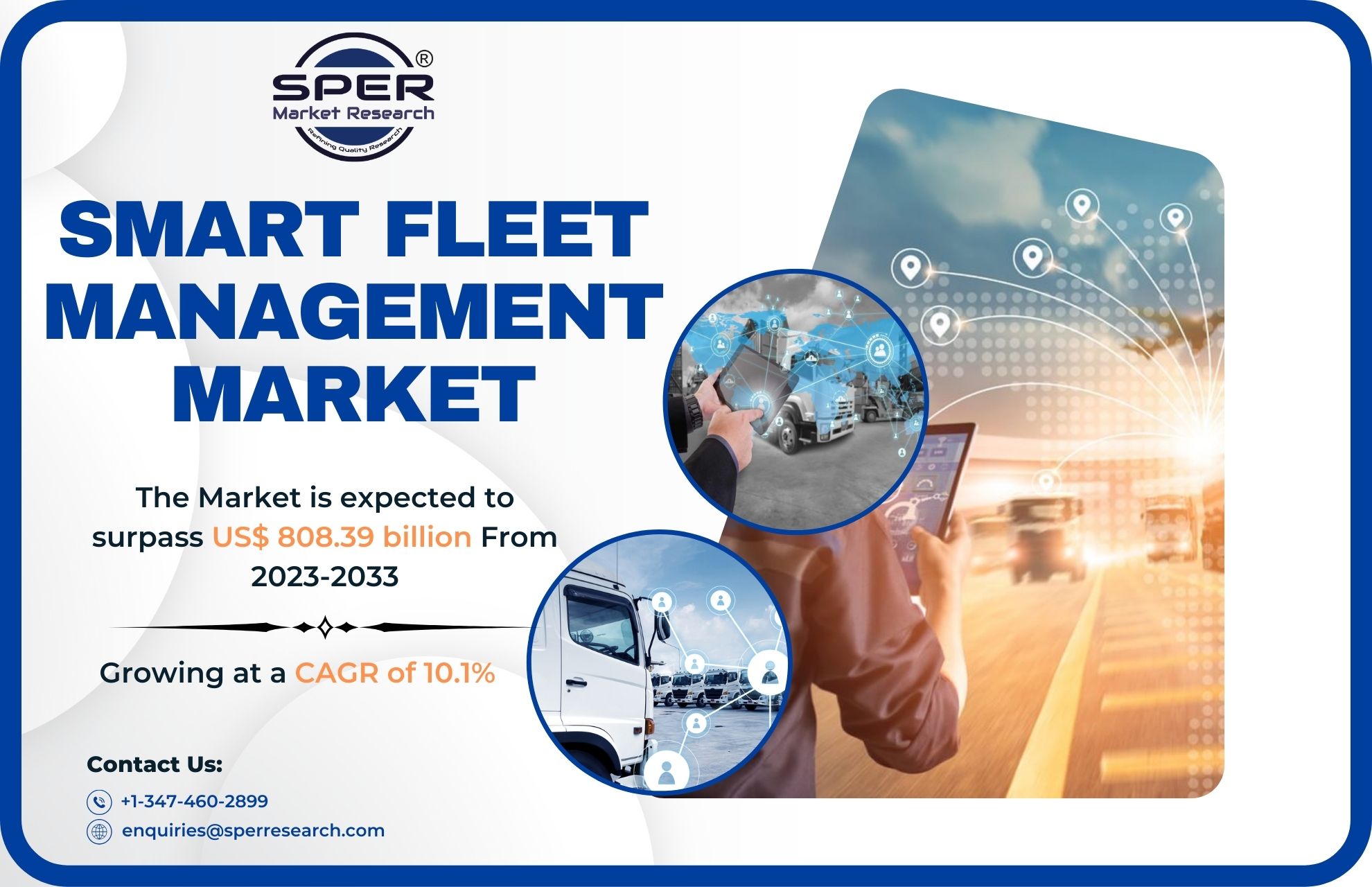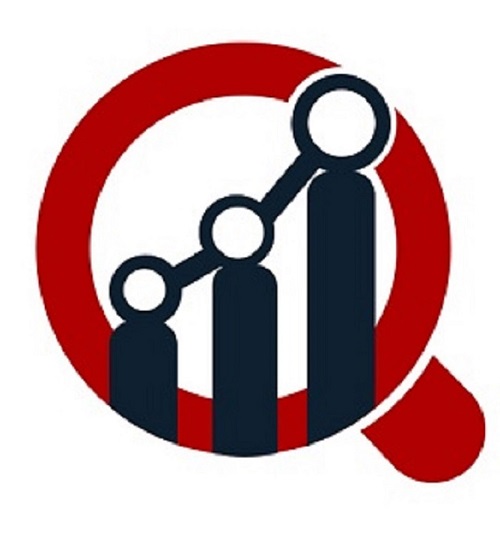Effective risk management is a crucial component of successful procurement in today’s interconnected and highly competitive business landscape. With global supply chains becoming increasingly complex, the role of suppliers in influencing a company’s risk profile cannot be understated. This guest post will delve into supplier risks management, exploring the methods and strategies for assessing and mitigating risks associated with your supplier base.
Understanding Supplier Risk
Supplier risk, also referred to as supplier risk management, is the process of identifying, assessing, and managing the risks associated with your suppliers. These risks can take various forms, including financial instability, quality issues, regulatory non-compliance, geopolitical factors, natural disasters, etc. Failing to address vendor risks can result in supply chain disruptions, reputational damage, and financial losses.
The Importance of Supplier Risk Management
Supplier risk management is essential for several reasons:
- Business Continuity: Ensuring a consistent supply of goods and services is critical for business continuity. Effective risk management helps prevent disruptions that could impact operations.
- Reputation Protection: A supplier-related scandal or issue can severely damage a company’s reputation. Managing risks helps protect brand integrity.
- Cost Control: Vendor risks can increase costs due to supply chain interruptions or quality issues. Managing these risks helps control expenses.
- Regulatory Compliance: Many industries have strict regulations regarding supplier practices. Non-compliance can lead to legal issues and fines.
Vital Elements of Supplier Risk Management
Supplier risk management involves several critical elements:
- Risk Identification: The first step is identifying potential risks. This includes financial analysis, assessment of geopolitical factors, and evaluation of the supplier’s operational stability.
- Risk Assessment: Once identified, risks must be assessed for their potential impact and likelihood. High-impact, high-likelihood risks should be a primary focus.
- Risk Mitigation: Risk mitigation strategies include diversifying your supplier base, conducting regular audits, and developing contingency plans.
- Continuous Monitoring: Risk management is an ongoing process. Suppliers should be continually monitored for changes in risk factors.
- Communication and Collaboration: Effective communication with suppliers is critical. Collaborative relationships can lead to more effective risk management.
Supplier Qualification Management
Effective supplier risk management often starts with the supplier qualification process. Supplier qualification evaluates and approves potential suppliers before engaging in business with them. This includes thoroughly assessing the supplier’s financial stability, quality standards, ethical practices, and regulatory compliance.
Supplier Relationship Management
In addition to supplier qualification, effective supplier risk management is intertwined with supplier relationship management (SRM). SRM emphasizes building strong, collaborative, and mutually beneficial relationships with suppliers. These relationships create an environment where risk issues can be openly discussed and jointly addressed.
Risk Assessment Tools and Technology
The digital age has brought a wealth of technological tools and solutions to aid in supplier risk assessment. Advanced data analytics can help in identifying patterns that may indicate potential risks. These tools also provide real-time monitoring capabilities, enabling organizations to proactively respond to emerging threats.
Supplier Risk Assessment Strategies
- Financial Stability Analysis: Evaluate a supplier’s financial statements, credit ratings, and payment history to assess their financial health. This is critical as financial instability can disrupt the supply chain.
- Quality Assessment: Assess a supplier’s quality control measures, industry standards adherence, and product quality track record. Quality issues can have significant downstream impacts.
- Regulatory Compliance Review: Ensure suppliers comply with industry-specific regulations and standards. Non-compliance can result in legal and reputational risks.
- Geopolitical Risk Analysis: Consider the geopolitical factors affecting your supplier. This includes political stability, trade policies, and regional conflicts.
- Ethical Practices Evaluation: Ethical supplier practices are crucial for brand integrity. This includes labor conditions, environmental responsibility, and adherence to ethical business standards.
- Supply Chain Traceability: Traceability is essential for identifying the origin and journey of raw materials in the supply chain. Suppliers should have robust traceability systems in place to ensure transparency.
Contingency Planning
While risk assessment and mitigation are vital, developing contingency plans for when risks materialize is equally essential. These plans can include alternative sourcing strategies, safety stock levels, and clear communication protocols for supply chain disruptions.
Global Perspective on Supplier Risk
In today’s global economy, risks can be influenced by factors on a worldwide scale. Geopolitical tensions, trade disputes, and natural disasters in one part of the world can have ripple effects on supply chains worldwide. This necessitates a comprehensive, globally aware approach to supplier risk management.
Conclusion
Supplier risk management is an integral part of modern procurement, and its significance is expected to grow as supply chains become more intricate and global. Effectively assessing and managing supplier risks is not only a matter of business continuity and cost control but also of protecting a company’s reputation and brand integrity.
By implementing rigorous risk assessment processes, utilizing advanced technologies, and nurturing collaborative relationships with suppliers, organizations can build resilient and reliable supply chains that can withstand the challenges of an ever-changing world.







